Bottom trawling disturbs the ocean floor, researchers found. Critics question whether “trawl disturbance” is different from the carbon flux that naturally occurs in oceans.
The world’s oceans are massive and critical carbon sinks that absorb roughly one-third of the greenhouse gas emissions humans generate by burning fossil fuels and reshaping Earth’s landscape.
Climate Change
10 reasons why we need to act for the Amazon
The Amazon isn’t just the world’s greatest rainforest. She has been home to her original people for tens of thousands of years, who have persisted through centuries of colonial incursions to protect their home. At each moment of each day, the Amazon breathes, dances, and sings with an endless variety of plants and animals, many of those we humans have yet to understand. The Amazon is life-giving, irreplaceable and yet profoundly vulnerable.
Here are 10 fascinating facts to inspire you to take action for the Amazon:
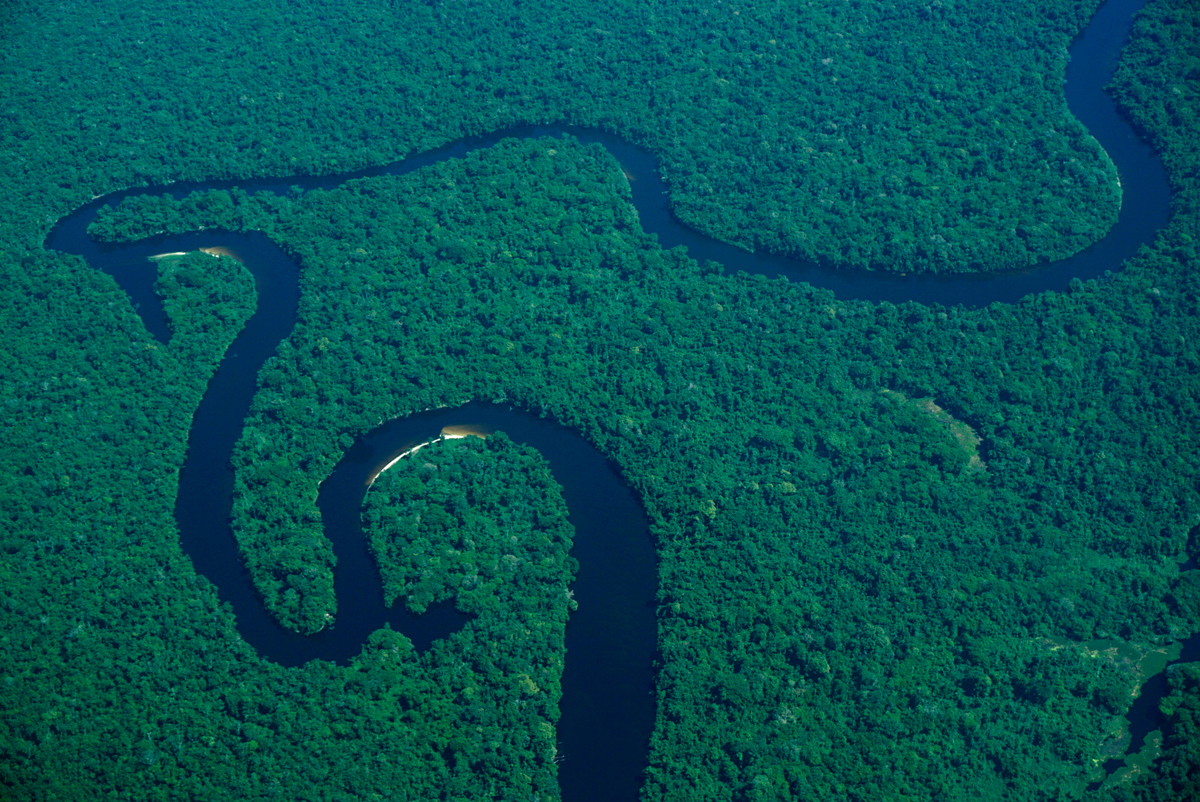
1- The Amazon is the largest rainforest in the world
Spanning over nine countries in South America, the Amazon is the largest tropical forest on the planet, covering 6.7 million square kilometres. To put it in perspective, she is twice the size of India—the largest country in South Asia. The biggest part, around 60%, is in Brazil. After the Amazon, the Congo Basin and Papua host the world’s largest remaining rainforests.
2- The Amazon is one of the most biodiverse ecosystems on Earth
The Amazon is home to approximately 10% of all known species of fauna and flora worldwide. From the beautiful hyacinth macaws to fearless jaguars and the amazing pink dolphins, this vibrant ecosystem is teeming with life. In some areas, a single hectare can contain more than 300 tree species, approximately two-thirds of the native tree species in Europe (454), making the Amazon one of the most botanically rich regions on Earth.
Studies show that the Amazon Basin harbours at least 2,716 species of fish, 427 amphibians, 371 reptiles, 1,300 birds, and 425 mammals. However, the vast majority of its biodiversity lies in her invertebrates, particularly insects, with over 2.5 million species currently known
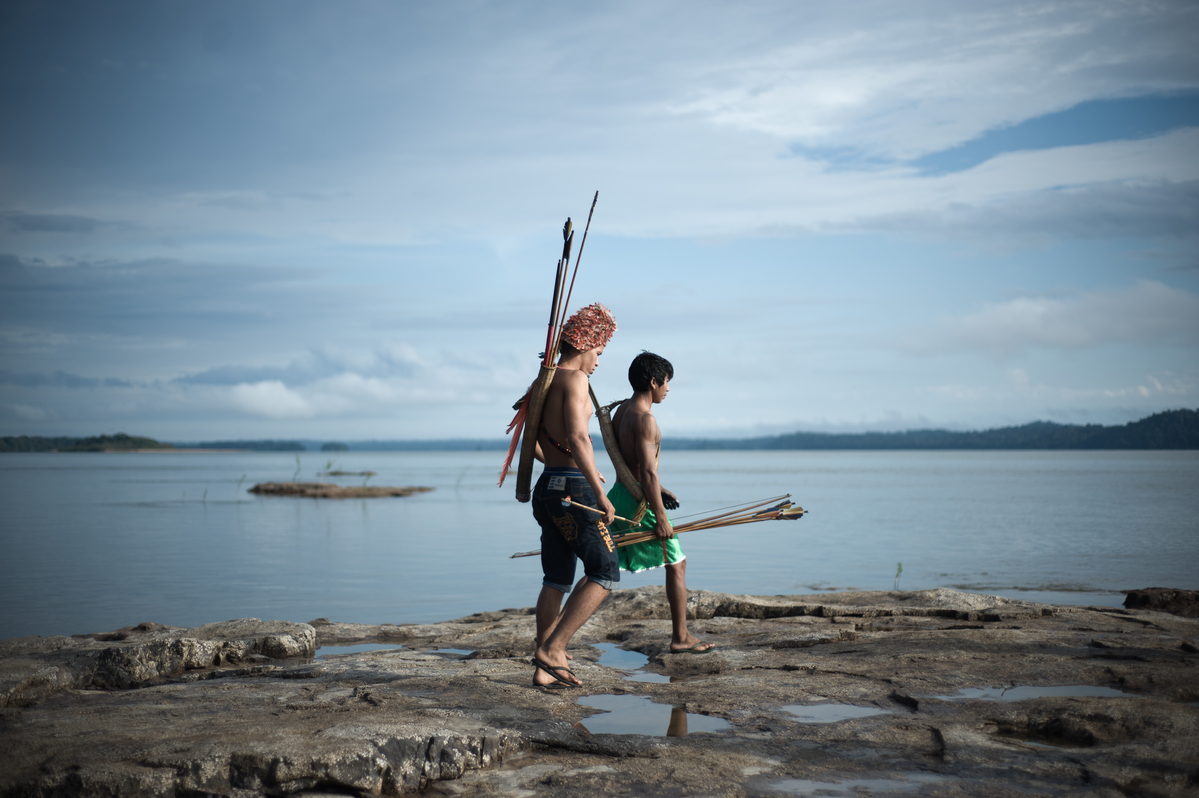
3- There are approximately 3 million Indigenous People living in the Amazon
The Amazon is home to a diverse group of Indigenous Peoples. Over 390 Indigenous Peoples live in the region, along with approximately 137 isolated groups, who have chosen to remain uncontacted.
In Brazil, about 51.2% of the country’s Indigenous population resides in the Amazon. But the largest tropical forest in the world is also home to traditional communities that have lived in harmony with the forest for generations, such as Rubber Tappers, Ribeirinhos—who inhabit the Amazon’s riverbanks—and Quilombolas, Afro-Brazilian communities descended from enslaved people..
4- The Amazon is home to over 40 million people
The Amazon is not just a vast rainforest rich in biodiversity and home to Indigenous People—it is also home to several cities. In Brazil, These include Manaus , an industrial hub with a population of 2.2 million, and Belém , which will host the United Nations Climate Conference (COP30) in November 2025.
These people’s lives are intrinsically connected to the forest. They depend on her for their food, fresh water, and to regulate the local climate. Smoke from the fires in the Amazon directly impacts the people living in the region, darkening the skies and causing respiratory problems to the population, especially children and elders.
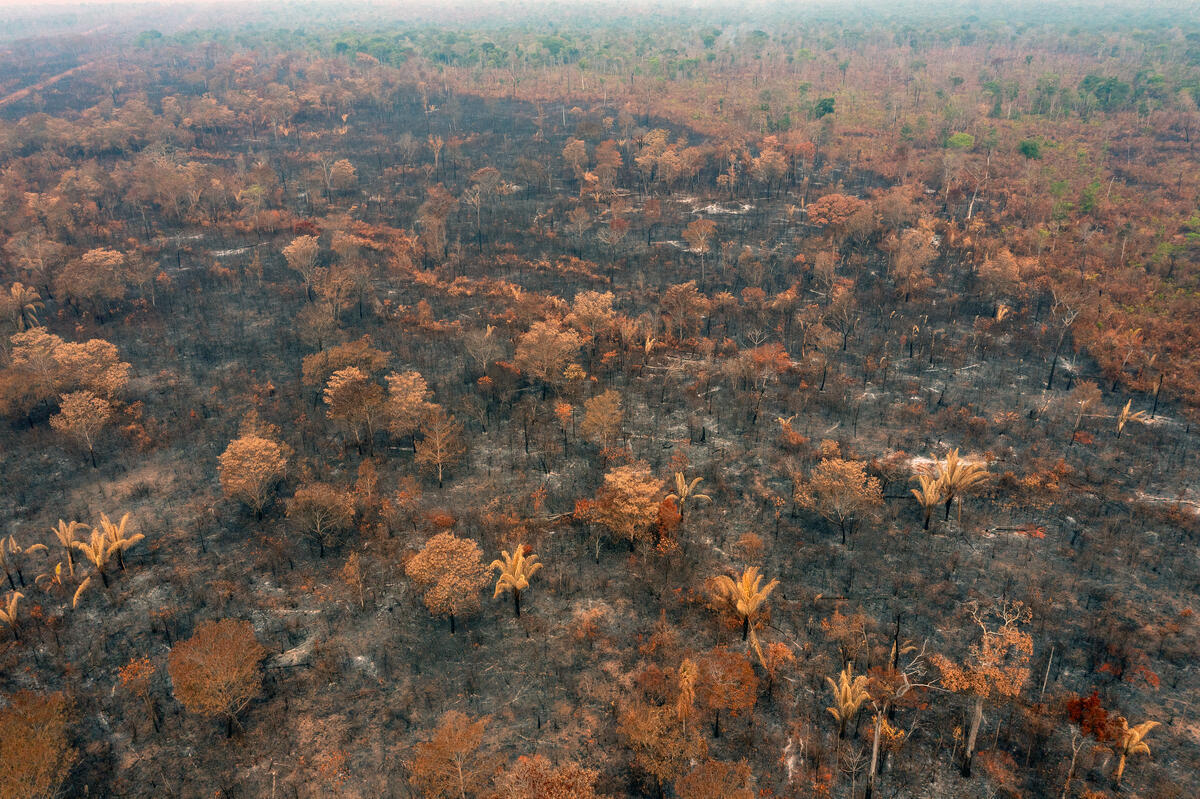
5- The Amazon is vital for the global climate
The Amazon is estimated to store about 123 billion tons of carbon, both above and below ground, making her one of Earth’s most crucial “carbon reserves”, vital in the fight against the climate crisis. However, studies show that fire- and deforestation-affected areas of the Amazon are now releasing more CO₂ into the atmosphere than they absorb. This poses a major threat to the global climate. Protecting the Amazon means protecting the future of everyone.
6- Fires in the Amazon are not natural
Unlike bushfires in Australia and other parts of the world, fires in the Amazon are not natural. In the Amazon biome, fire is used in the deforestation process to clear the land for agriculture and pasture. The use of fire in the Amazon is often illegal, and so is deforestation. This practice has a major impact on the local biodiversity, the health of the populations living in the region, and to the global climate, as the fires release vast amounts of carbon into the atmosphere.
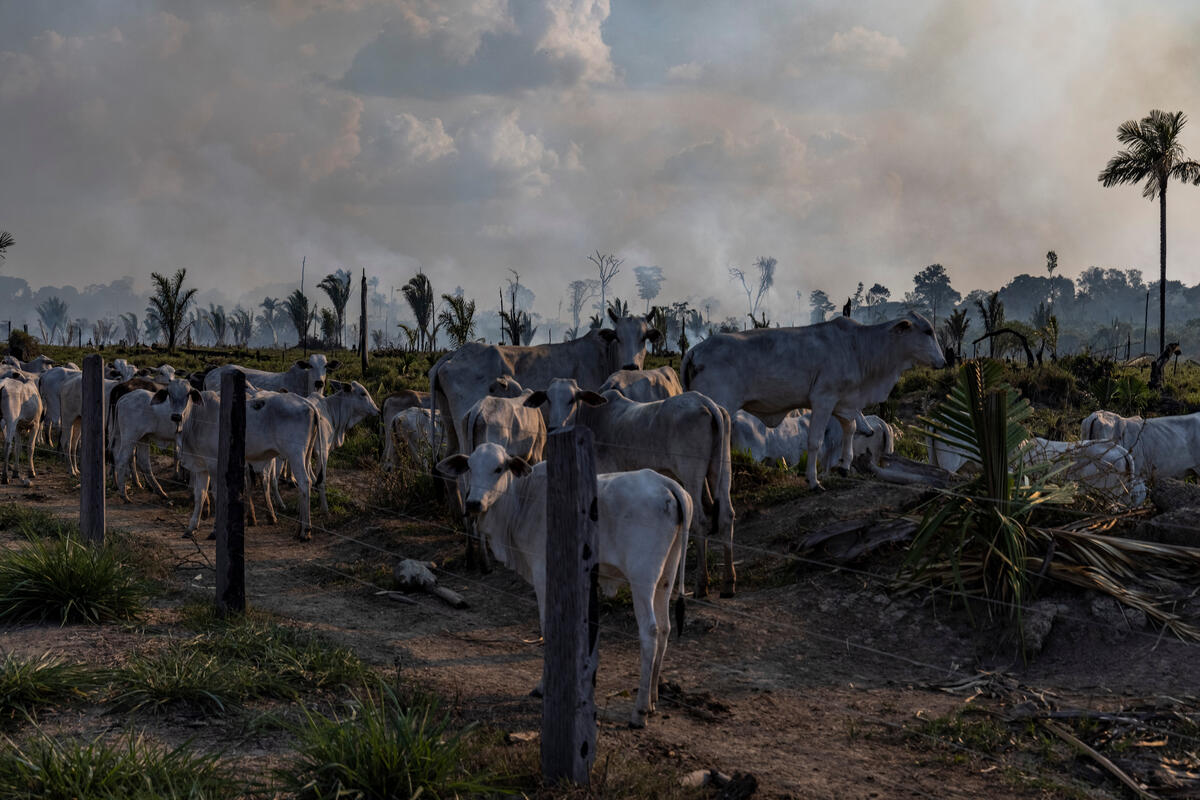
© Victor Moriyama / Amazônia em Chamas
7- Cattle ranching is the leading cause of deforestation in the Amazon
The expansion of agribusiness in the Amazon is putting more and more pressure on the forest. According to a study, 90% of the deforested areas in the Brazilian Amazon are turned into pasture to produce meat and dairy. This means the food we eat may be linked to deforestation in the Amazon. We must urge our governments to stop buying from forest destroyers and ensure supply chains are free from deforestation, and demand stronger protections for the Amazon.
8- Illegal gold mining is a major threat to Indigenous Peoples
Illegal gold mining in Indigenous Lands in Brazil surged by 265% in just five years, between 2018 and 2022. The activity poses a severe threat to the health and the lives of Indigenous People, destroying rivers, contaminating communities with mercury and bringing violence and death to their territories.
But illegal gold mining doesn’t impact just the forest and Indigenous People. A recent study showed that mercury-contaminated fish are being sold in markets in major Amazonian cities, putting the health of millions at risk.
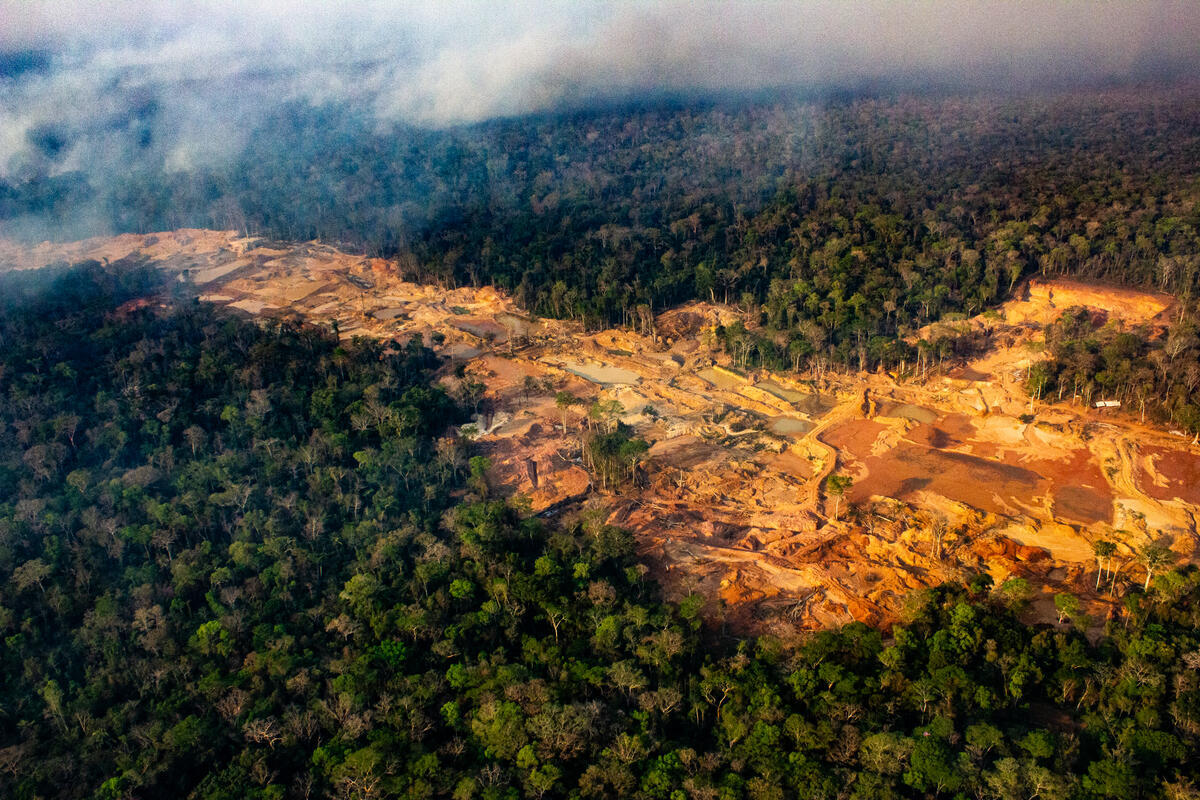
9- The Amazon is close to a point of no return
About 17% of the Amazon has already been deforested, and scientists warn we are getting dangerously close to a ‘point of no return’.
According to a study, if we lose between 20% and 25% of the Amazon, the forest might lose its ability to generate its own moisture, leading to reduced rainfall, higher temperatures, and a self-reinforcing cycle of drying and degradation.
As a result, vast areas of the forest could turn into a drier, savanna-like ecosystem, unable to sustain her rich biodiversity. This could have catastrophic consequences for the global climate, local communities, and the planet’s ecological balance.
10- The most important Climate Conference in the world is happening in the Amazon this year
COP30, the United Nations Climate Conference, will take place in Belém, the second largest city in the Amazon region, in November 2025. During the conference, representatives from countries all over the world will meet to discuss measures to protect the climate. Across the globe, we are already witnessing and feeling the impacts of the climate crisis. This is our chance to demand our political leaders move beyond words to urgent action. They must stop granting permission and public funds to Earth-destroying industries. Instead, our leaders must respect, pursue, and support real solutions that already exist—solutions that put the forest and her people at the heart of the response. Indigenous guardians of the forest hold true authority, and they must be respected and heard. The moment is now.
We are the turning point! Join the movement and demand respect for the Amazon.
Climate Change
As the Data Center Boom Ramps Up in the Rural Midwest, What Should Communities Expect?
The rapid development will change the Corn Belt in significant, unforeseen ways. Residents are just beginning to grapple with what that means.
TAZEWELL COUNTY, Ill.—To the untrained eye, Central Illinois is all lush fields of corn and green soybeans shortly before harvest. The wind shuffles through the row crops, and the air is warm and humid and full of insects. The horizon is dotted with power lines, strung together by wire, and the occasional water tower—the only objects that disrupt a vast sky.
As the Data Center Boom Ramps Up in the Rural Midwest, What Should Communities Expect?
Climate Change
Why Billions of Gallons of Raw Sewage Keep Ending up in Philadelphia Waterways
With a new analysis showing where the pollution is going, environmental advocates call on public officials to do more to stop it.
PHILADELPHIA—Some 280 years after a river-swimming Benjamin Franklin petitioned to curb water pollution here, the city is still struggling to meet the challenge, according to water advocates who assembled along the banks of one of its two main rivers on Monday.
Why Billions of Gallons of Raw Sewage Keep Ending up in Philadelphia Waterways
-
Climate Change2 years ago
Spanish-language misinformation on renewable energy spreads online, report shows
-
Climate Change3 months ago
Guest post: Why China is still building new coal – and when it might stop
-
Climate Change Videos2 years ago
The toxic gas flares fuelling Nigeria’s climate change – BBC News
-

 Greenhouse Gases1 year ago
Greenhouse Gases1 year ago嘉宾来稿:满足中国增长的用电需求 光伏加储能“比新建煤电更实惠”
-
Greenhouse Gases3 months ago
Guest post: Why China is still building new coal – and when it might stop
-

 Climate Change1 year ago
Climate Change1 year ago嘉宾来稿:满足中国增长的用电需求 光伏加储能“比新建煤电更实惠”
-

 Carbon Footprint2 years ago
Carbon Footprint2 years agoUS SEC’s Climate Disclosure Rules Spur Renewed Interest in Carbon Credits
-
Renewable Energy4 months ago
US Grid Strain, Possible Allete Sale









